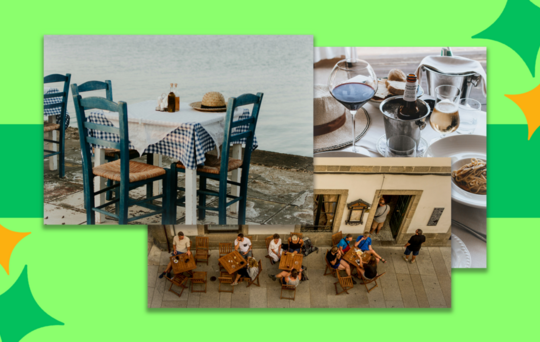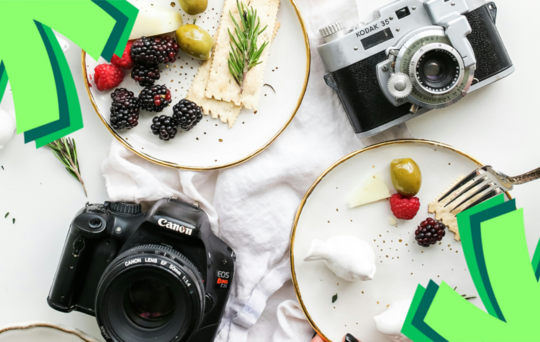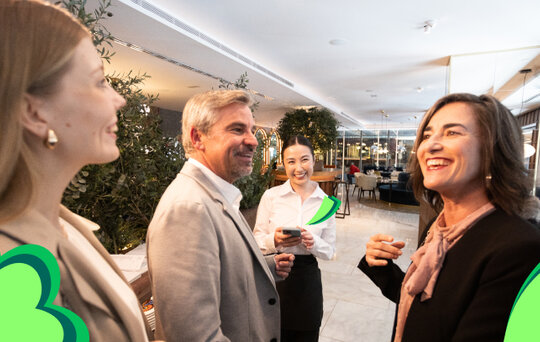Introduction to Paid Ads for Restaurants

If you’re running a restaurant, paid digital advertising on social media and Google is like having a secret weapon to attract hungry customers, fast.
Imagine your mouth-watering dishes popping up on someone’s Instagram feed just as they’re thinking about lunch, or your restaurant showing up at the top of Google Search and Maps when someone nearby is craving a good meal. Social media ads let you target specific audiences—whether it’s the brunch-loving crowd or late-night snackers—with tempting photos and irresistible offers. On Google, you can catch people right when they’re searching for a place to eat, putting your restaurant front and centre.
If you have the budget to spare, and are looking to reach potential new customers directly, then consider trying out a paid campaign for your restaurant. We’ve shared a summary of the best places for restaurants to advertise below.
Paid Search
Search engines have been the universal starting point for digital users since the internet. Restaurants, booking apps and even takeaway delivery platforms all advertise on popular foodie keywords like “restaurant near me” or “best restaurants in London”. These paid advertisements appear above regular search results, allowing advertising restaurants to gain an advantage over other competitors.
However, the most popular search keywords are also the most expensive. To spend your budget wisely, target keywords should be chosen carefully. More specific keywords will attract the right kind of potential customers, while keeping your costs low. The main cuisine your restaurant serves, alongside its location, is a good place to start – i.e. “sushi restaurant in Stratford” or “best steak restaurant in Edinburgh”.
For advice on how to appear within regular search results, check out our SEO Guide for Restaurants.
To start a campaign, you’ll need a Google Ads Manager account and an attached debit or credit card to begin placing search ads on your target keywords. We recommend using the guides on Google Skillshop for an intro into how campaigns work.
Once you’ve mastered keywords, you might want to take a look at more location-based advertising…
Google Maps
A lesser-known fact in hospitality is the ability to advertise your restaurant directly on Google Maps. As so many users start their journey on Maps, it can be the perfect place to catch the attention of potential diners.
Firstly, you need to have set up your “Google My Business” profile. This costs nothing and is good idea regardless of whether you want to run a paid advertising campaign. You’ll need to make sure your restaurant listing is optimised, with strong pictures, an available menu, and great reviews. By selecting “Performance Max” as a campaign type via Google Ads, any ads you run will be served to the most relevant users browsing Google Maps for their next meal.
Paid Social Media
Paid social ads allow you to reach users beyond your own following and in a more targeted way. While there are many platforms to advertise on, we’re focusing on Facebook and Instagram, as it’s easy to run a campaign on both platforms simultaneously, and each platform boasts billions of daily users.
Using the Meta Ads Manager, restaurants can set up paid campaigns with specific goals like traffic or reservations across Facebook, Instagram or both.
The key is to be specific with your audience targeting (frequent restaurant visitors, tourists and frequent travellers), location targeting (within a set radius of your restaurant) and ad content. Professional photography of your restaurant’s showstopper dishes, or fantastic interior style and décor, are good places to start with what to include in your ad. Additionally, a call to action “Book Now”, a special offer or discount code, or a competition for users to enter will all increase the effectiveness of your paid social campaigns.
Once running, the Meta Ads Manager reports on your campaign’s performance, providing statistics like the amount you pay per user click, or the amount you spend per reservation. This allows you to optimise towards offers, visuals or copy that is more effective at attracting users. It’s important to always have two or three ads running at any time within your campaign, so that the platform can optimise and show the best-performing ads more frequently.
For more on restaurant marketing – discover our SEO guide, email marketing guide or even our “TikTok for Restaurants” explainer.















